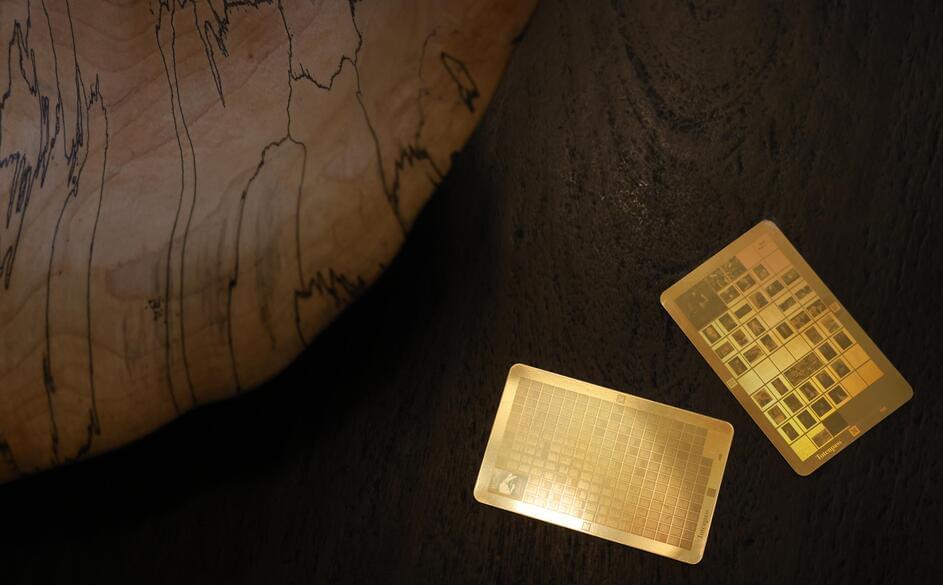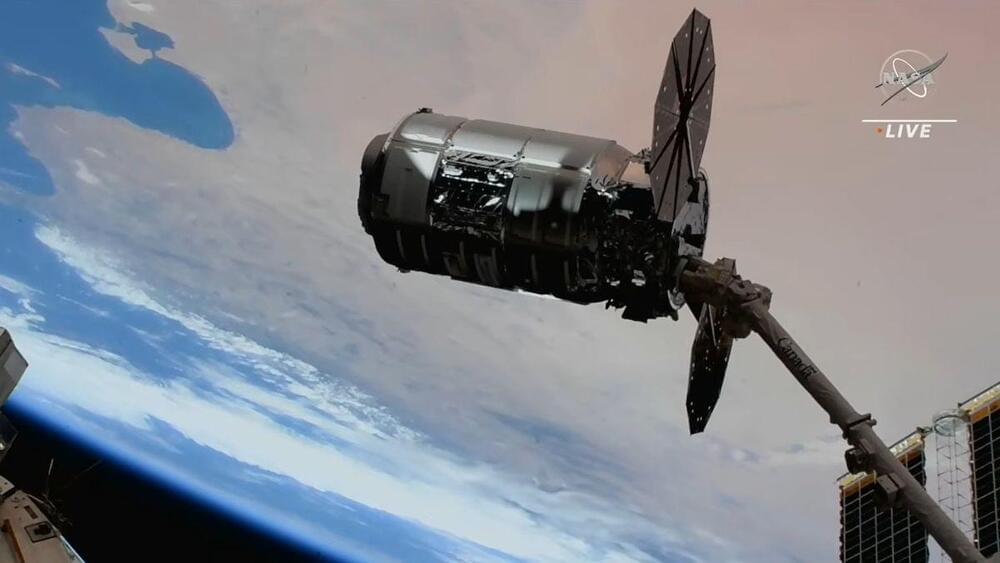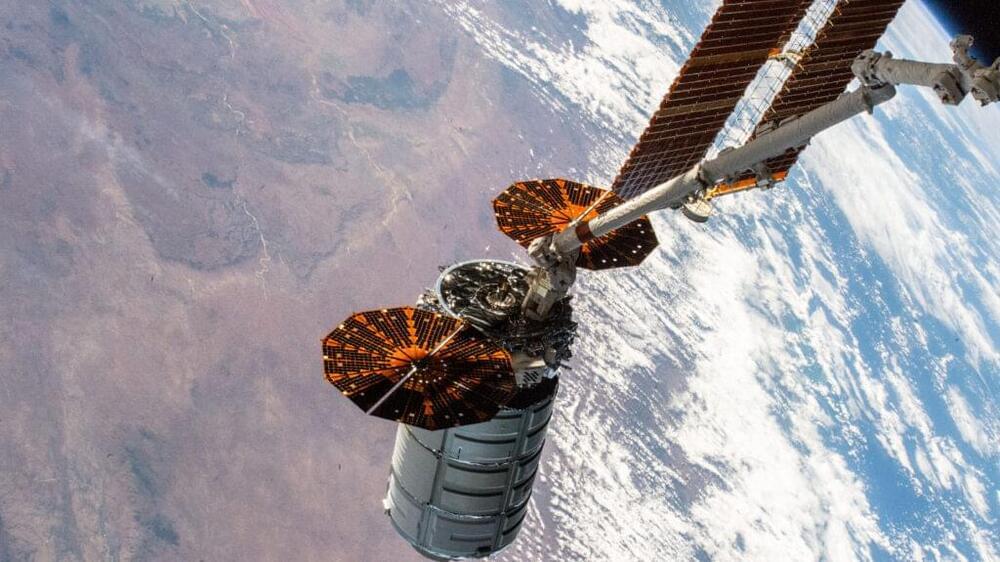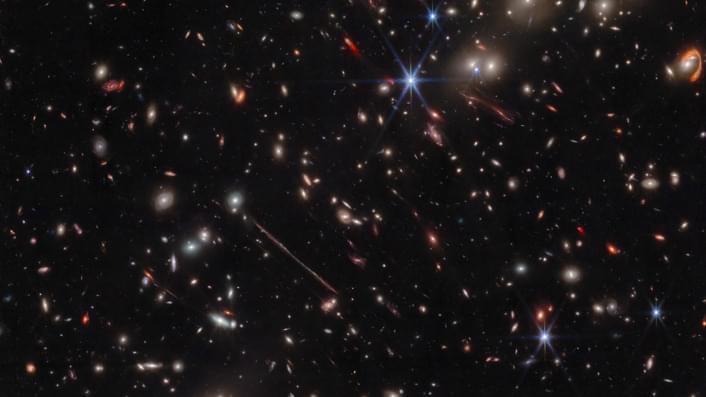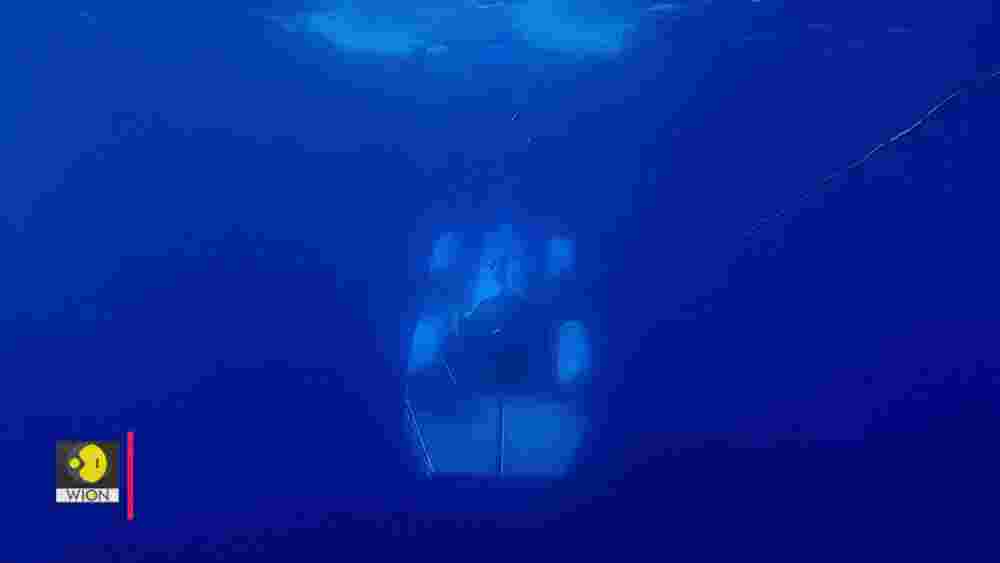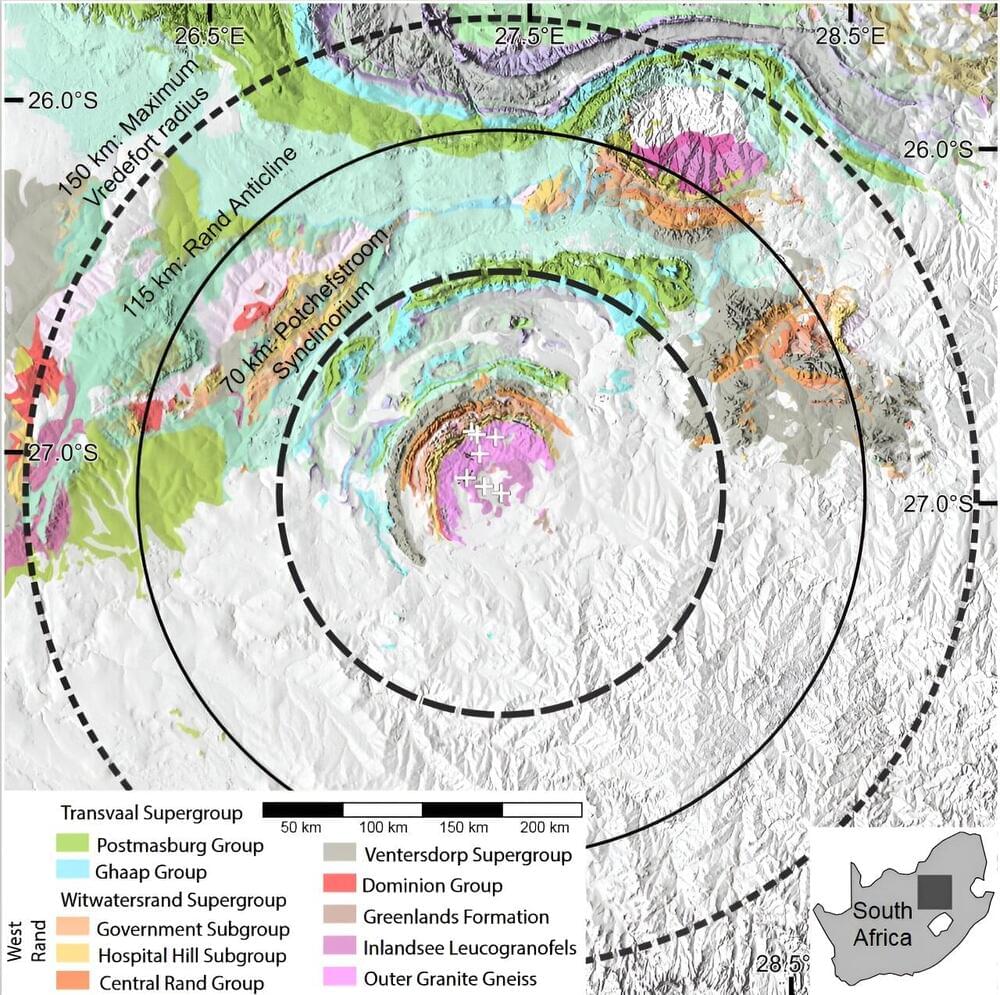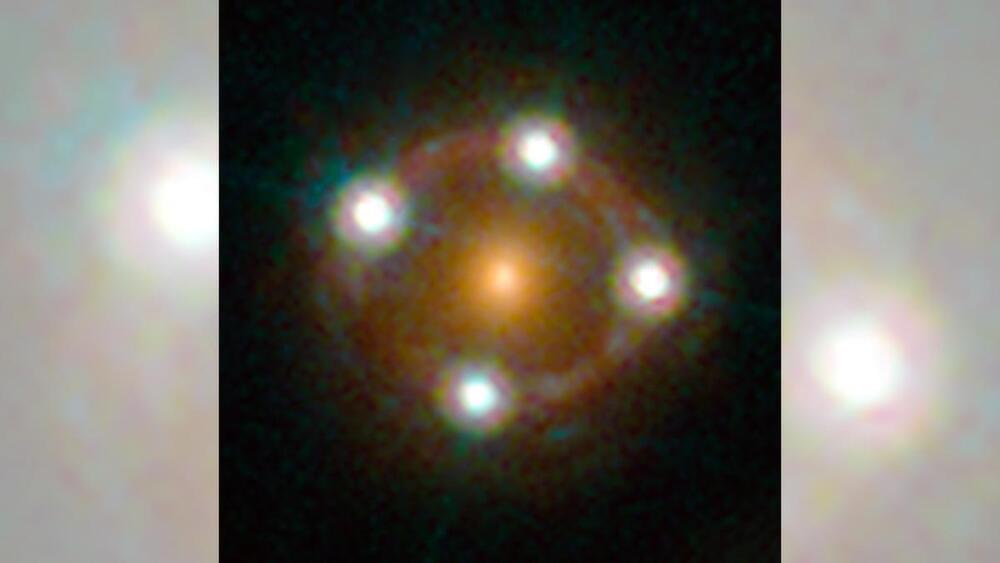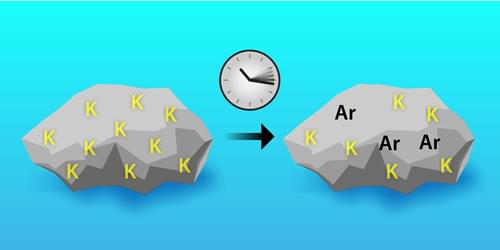When Samuel Peralta contacts artists about putting their work on the moon, they don’t always believe him.
“I say, ‘I’d like to put your art on the moon,’ and they think this is some sort of a scam,” the semiretired physicist and author tells the New York Times’ J. D. Biersdorfer.
But it’s true. Peralta is the mastermind behind the Lunar Codex, a series of time capsules containing the work of 30,000 artists from 157 countries that will journey to the lunar surface. Peralta wants the project to honor artists after the difficulties they faced during the pandemic, he tells the Toronto Star’s Kevin Jiang.
